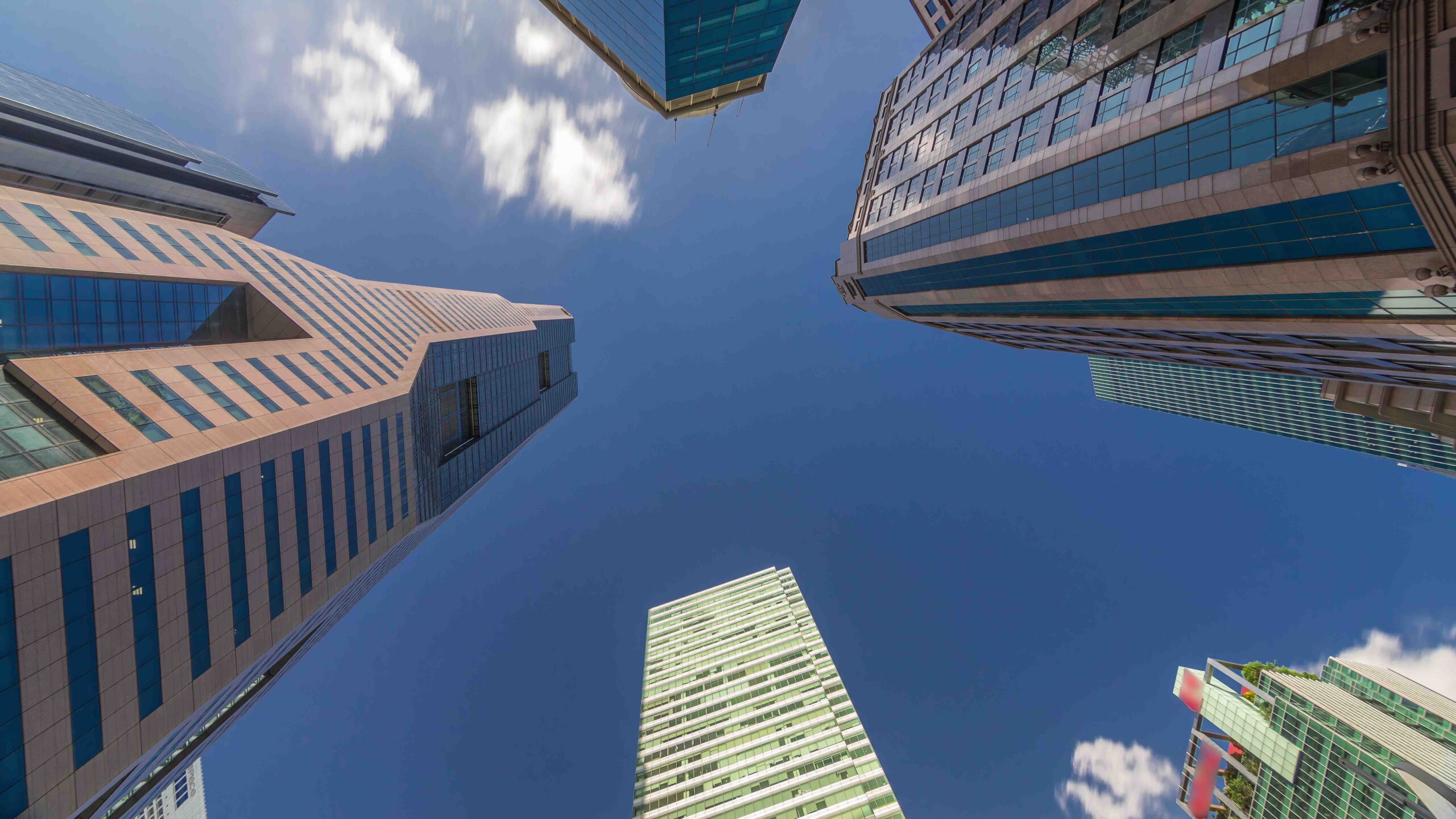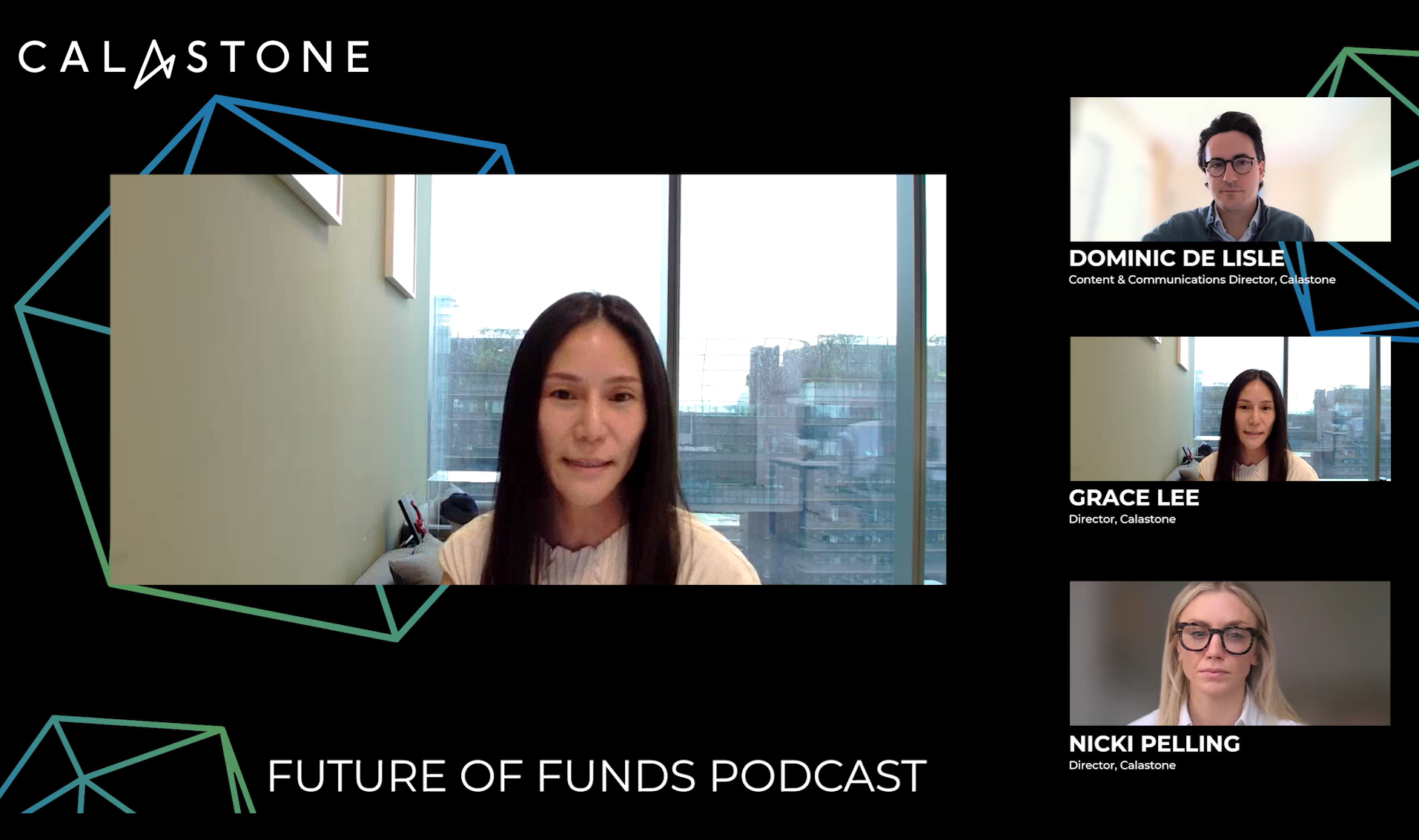It was my absolute pleasure to moderate a webinar recently with Edward Glyn, Managing Director & Head of Global Markets, Calastone and Mark Baker, Research Director, 5i Research. Unsurprisingly, Mark’s formidable market expertise and Edward’s knowledge of the asset management industry produced a fascinating conversation focused on our 2023 global fund flows report. With over 4,000 clients in 55 countries, we process £250 billion of investment value each month, enabling us to have unparalleled insight into local and global trends in investor behaviour.
Our data showed a surprising level of activity last year, directly tracking the disinflation process. Our panellists noted that investors are reacting to market news, trading in and out of mutual funds at lightning speed. This level of attentiveness to their portfolios is changing the entire ecosystem; investors are demanding a smoother experience and as the supply chain has become more complex and fragmented, additional costs have been layered in that eat into margins and investor returns. For those willing to redefine how they fit into the ecosystem, there are great opportunities ahead.
Other notable trends discussed included the staggering reversal of the ESG trend that our panellists expect to continue. They identified cost savings as the surest way for active fund managers to maintain their edge. And Edward even hazarded a prediction that we could see flows coming back into property, albeit into funds that better match the liquidity profile of their assets.
Here are some of the key highlights from the conversation:
- High trading volumes in 2023 were driven by both macro-economic tailwinds and broader structural shifts.
We saw an increase of 10% in trading volume in 2023, to $1.07tn. In the last five years we’ve processed $2.6 trillion of equity fund trades, despite net fund flows during that time sitting at only $51bn.
This is a function of the broader economic environment. Investor behaviour has been tracking the disinflation process as markets remained optimistic despite interest rate pressures. Stable markets typically witness increased trading activity. In 2023, bond market volatility decreased, and equity markets stabilised.
Moreover, investors are now far more engaged with their portfolios. Edward identified this as a generational shift, ”modern investors want more personalised, low-cost investing. They want access to a bigger pool of assets, to private markets, exotics, crypto, illiquid assets. They want all this with a user experience that is very much on par with the challenger banks and lifestyle apps they’re familiar with.” In short, investors want personalised, cost-effective products with transparent control over how their savings are put to work.
- Investor attentiveness is irrevocably changing the asset management industry. There’s an opportunity for asset managers to innovate and remain relevant.
In speaking to our network of clients, Edward observed that many asset managers recognise the market they operate in is fundamentally changing. Many of the questions that have been bugging investors need to be addressed, and many asset managers are addressing them. For example, “Is a fund fit for purpose?” Asset managers are seeking ways to innovate and meet investors’ evolving demands as well as looking at their supply chains to reduce friction. Friction in the system hampers innovation and is a major source of cost. Technological evolution can be a powerful ally.
By embracing innovation and adapting to evolving investor needs, asset managers can secure their relevance. One of the most interesting conversations Edward is having with many asset managers at the moment is about redefining their role in the investment management and distribution ecosystem as well as the economic relationship they have with everyone else in the chain.. Some of the strategies he’s hearing about include:
Tech Plays: Large asset managers are making strategic moves in technology, leveraging platforms-as-a-service. These tech-driven initiatives enhance operational efficiency and client experiences.
- Direct-to-Consumer / Platform acquisitions: By directly engaging with consumers, asset managers can streamline distribution and gain valuable insights into investor preferences.
- Research Vendors: Some are positioning themselves as vendors of research, offering valuable market insights to investors.
- Reversal of the ESG trend is driven by major structural headwinds that will take time to turn.
There was a staggering reversal of flows into ESG funds in 2023. Structural efforts to address regulatory vagaries may turn this around in the longer run, but a recent uptick in flows in 2024 can be explained by the cyclical appeal of certain stocks.
After a three-year ESG boom with $51.2bn of inflows (6x more than non-ESG funds), ESG funds shed $10.2bn in 2023. A startling pattern that we have seen in every one of our territories. The first two months of 2024 have shown renewed interest, but we think this is explained by a cyclical trend as stock selectors seek exposure to the big US tech stocks that happen to feature heavily in a lot of ESG funds. This will likely be eclipsed by the structural shifts driven by the greenwash debate and the vagaries of the ESG label.
The greenwash debate has raged for some time but began impacting investor behaviour in 2023 as the ESG label is understood to be too vague. We saw European investors turning away first, but the trend is most definitely global.
In the longer run, we will see more professionalisation around ESG marketing and transparency as efforts to integrate sustainability into financial markets play out. Until an ESG classification exists that they feel meets their concerns, investors will increasingly demand higher visibility of their portfolio to determine for themselves the impact their savings have on the environment and society.
- Passive funds are back in favour. Cost savings are the surest way to counter the squeeze on fees for active managers.
Over the past five years, active funds have faced challenges. Their complex supply chains and layered costs erode profit margins and investor returns. ESG funds had provided a boon, but the recent reversal of that trend exacerbates these issues.
Cheaper, passive funds are back in favour, which reflects sentiment around the wider markets. Passive makes more sense when there’s uncertainty about where markets are going. Notably, index tracking funds were strongly back in favour in 2023, they attracted inflows of $20.1bn, while active funds shed $27.2bn.
Active managers need not be left behind. Their primary concern should be seizing the opportunity at hand. Mutual funds have been around for a century, are they still fit for purpose? Regulatory and cost pressures jostle with investors’ desire for a more personalised experience so some asset managers are looking for ways to scale the fund of one concept.
Ultimately, the purest form of alpha is cost reduction. Investment in technology and the relentless pursuit of operational excellence will separate the winners from the losers. By streamlining processes and minimising expenses, active managers can enhance their competitive edge.
- Property funds are out of favour and have seen very little trade activity in 2023, but they elicit more questions for Edward than any other asset class. Could we see flows coming back into property soon?
Property funds have seen massive loss of interest since 2018, accelerating in 2021. Unlike other asset classes, trade volumes are low, reflecting the sentiment of the nation. Problems include changing occupancy patterns since the pandemic, their open-ended structure being unsuited to illiquid property investments, and the economic cycle.
Escalating interest rates towards the end of last year punished the asset class in three ways. They squeezed capital values, created economic uncertainty (affecting occupancy), and bond and money market funds were seen to offer a more viable alternative for income seeking investors.
However, property funds still hold a tremendous amount of dry powder and once deployment ramps up things may look quite different. Edward predicts a lot of flow coming back into UK property, just not through the traditional open-ended fund.
For a deeper dive into global fund flows during 2023, you can read our report in full here, or listen to the webinar recording here.




















